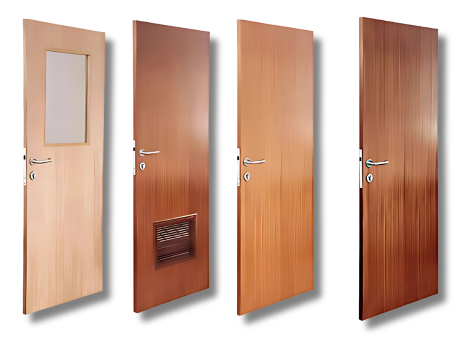Plywood and wooden flush door shutters’ BIS certification guarantees adherence to Indian standards including IS 303:1989, IS 2202 (Part 1):1999, and IS 2191 (Parts 1 and 2):2022. Applications are sent, products are tested, factories are inspected, and the Bureau of Indian Standards (BIS) verifies compliance. Manufacturers have to keep quality control, use BIS-approved testing, and mark goods with the ISI mark upon acceptance. For regulated goods, certification is required per Quality Control Orders (QCOs). Regular audits guarantee ongoing compliance, hence BIS certification is absolutely necessary for market acceptance, safety, and product quality in India.

Plywood for general purposes
303 : 1989Wooden flush door shutters (solid core type) – Plywood face panels
2202 (Part 1) : 1999Marine plywood
710 : 2010Fire retardant plywood
5509 : 2021Veneered decorative plywood
1328 : 1996Wooden flush door shutters (cellular and hollow core type) – Particle board and hardboard face panels
2191 (Part 2): 2022Wooden flush door shutters (cellular and hollow core type) – Plywood face panels
2191 (Part 1): 2022Wooden Flush Door Shutters (Solid core type) – Particle board, High Density Fibre Board, Medium Density Fibre Board and Fibre Hardboard Face Panels 2202
2202 (Part 2): 2022Plywood for concrete shuttering works – Specification
4990 : 2011Structural plywood – Specification
10701 : 2012BIS certification ensures compliance with Indian standards like IS 303, IS 2202, and IS 2191, ensuring product quality and safety.
Yes, as per Quality Control Orders (QCOs), certification is mandatory for manufacturing and selling these products in India.
It typically takes 4-6 weeks, depending on document verification, testing, and factory inspection.
IS 303:1989, IS 2202 (Part 1):1999, and IS 2191 (Parts 1 & 2):2022 govern plywood and flush doors in India.
He manufacturer must address the issues, retest the product, and reapply for certification.